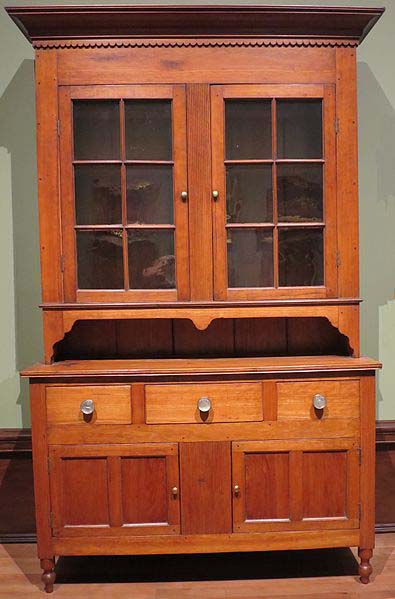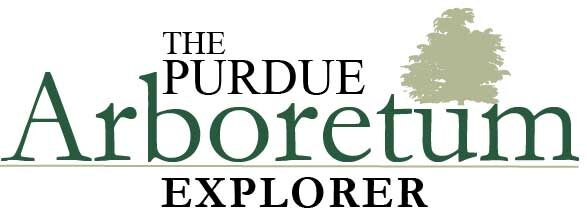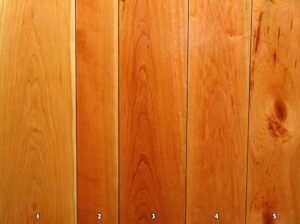Prunus Serotina
Summary
Black Cherry, or Prunus serotina, has been used for a variety of things throughout history, with the most common use being fine furniture and cabinets. Cherry used to be used as a substitute for mahogany. Black cherry is usually a light pink color to dark red-brown, though the color will darken with exposure to sunlight.
Cherry is one of our most beautiful and highly prized woods. When first machined, the heartwood color can range from light pink to a darker red color as shown in this panel. The wood darkens substantially with exposure to light. Board 1 is a very light pink color with white sapwood on its outer edges. This piece is representative of very high-quality, flat-sawn cherry lumber. Board 2 shows a rift to quartered pattern. A small ray fleck will be seen on perfectly quartered cherry. Board 3 is nearly clear, but has a darker color and numerous gum spots. The amount of gum in cherry lumber can vary substantially. Nearly all lumber has at least some gum. Veneer log buyers are routinely able to select logs with very little or no gum present. Gum-free material demands a premium price. Board 4 shows some sapwood near the top. Some mills sort cherry on the basis of the amount of sapwood present. High-grade, sap-free lumber demands a premium price. Where small pieces are used as in kitchen cabinets, companies often purchase lower-grade lumber that is predominately heartwood. This piece also shows numerous pinknots near the top. Like gum spots, these are not considered defects in the species. Board 5 is lower grade. It has two large tight knots. Scattered mineral streaks are also present.
History
Its fame began when the colonists learned it could be substituted for the more expensive mahogany in making fine furniture, and when finished it took a reddish brown, lustrous appearance. Today, the species is in extremely high demand for many of the same uses and therefore quality lumber is very valuable.
Black cherry is a medium-sized tree ranging from 60 to 80 feet tall and 2 to 3 feet in diameter. Larger trees were once common but are now rare. The largest tree reported is about 5½ feet in diameter at 4½ feet above the ground.
Color & Texture
The heartwood when first cut varies from a very light pink to a dark red brown color. The wood darkens substantially with exposure to light. It is not uncommon to hear of walls newly paneled in cherry and decorated with several pictures and plaques. When the decorations are removed a few years later, the protected wood will be distinctly lighter. A few producers have steamed cherry to darken the color. The white sapwood, which is usually narrow, can provide a striking contrast, but it is not always desirable.
Gum spots or small dark longitudinal lesions about 1/16 inches wide to ½ inch, or longer, are a common characteristics of cherry. Dark streaks that extend for several inches can be associated with the gum spots. Gum spots can be larger, and sometimes gum even follows an entire growth ring around the tree. These spots are caused by wounding or by a peach bark borer, which feeds on the tree cambium. The cambium responds by forming the gum spot. Peach bark borers reproduce in fallen trees and tops. When a finish is applied, it may not be able to bridge gum spots and thus the product may appear defective.
Anatomical and Microscopy
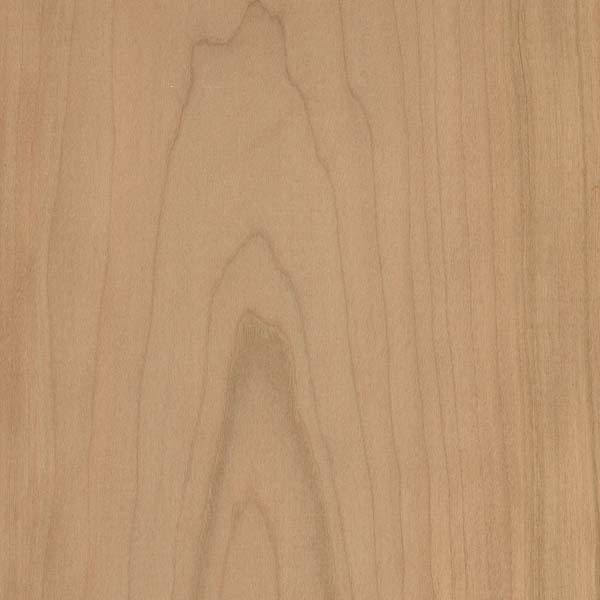
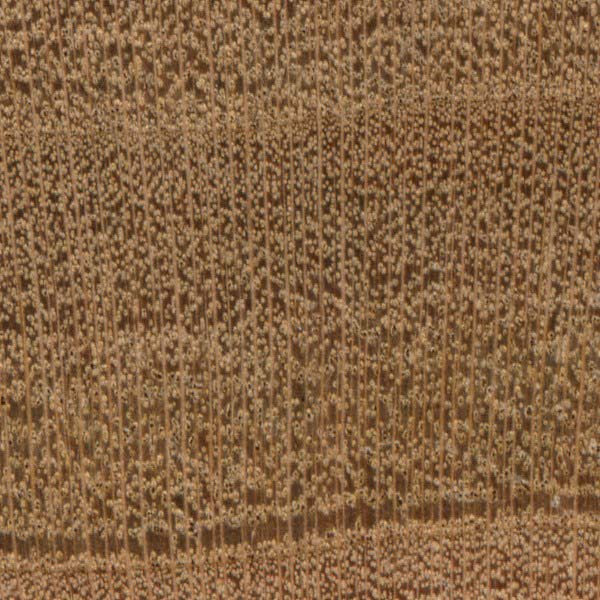
Semi-ring-porous to diffuse-porous; small to medium pores in no specific arrangement, numerous; solitary and radial multiples of 2-3; mineral/gum deposits occasionally present, though not easily visible with lens; growth rings usually distinct due to a concentration of earlywood pores; medium to wide rays visible without lens; parenchyma absent.
Wood Properties
- Workability
- One of the best woods for planing, shaping, turning, and boring. If the cutting tools are not sharp, or the feed
speed is slowed, there is a tendency for the wood to burn. - Strength
- At 12 percent moisture content, cherry weighs 34.9 pounds per cubic foot making it an intermediate to light
weight species. However, it is a relatively strong wood for
its weight. - Steam Bending
- Not yet rated
- Drying
- Lumber is easy to dry, and a moderate kiln schedule, boards with predominately sap tend to cup if not stacked
properly - Shrinkage
- Low shrinkage and very stable once dried
- Decay
- Heartwood is rated as resistant to very resistant to decay
Products
Cherry is mainly used for higher-end furniture, cabinets, architectural millwork, paneling, and face veneer. It has also
been used for professional and scientific instrument boxes, wooden ware, novelties and toys, patterns, and blocks for
mounting electrotypes.
